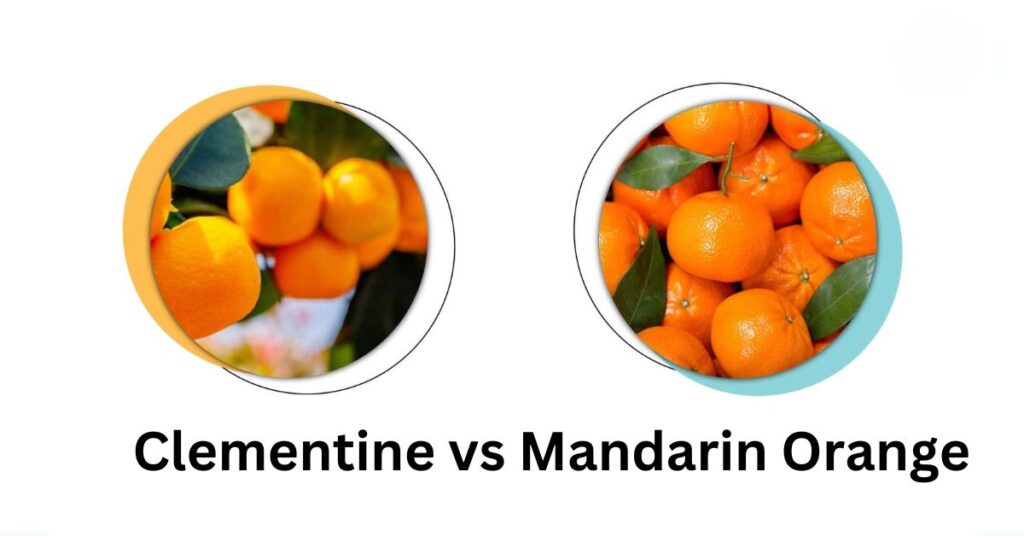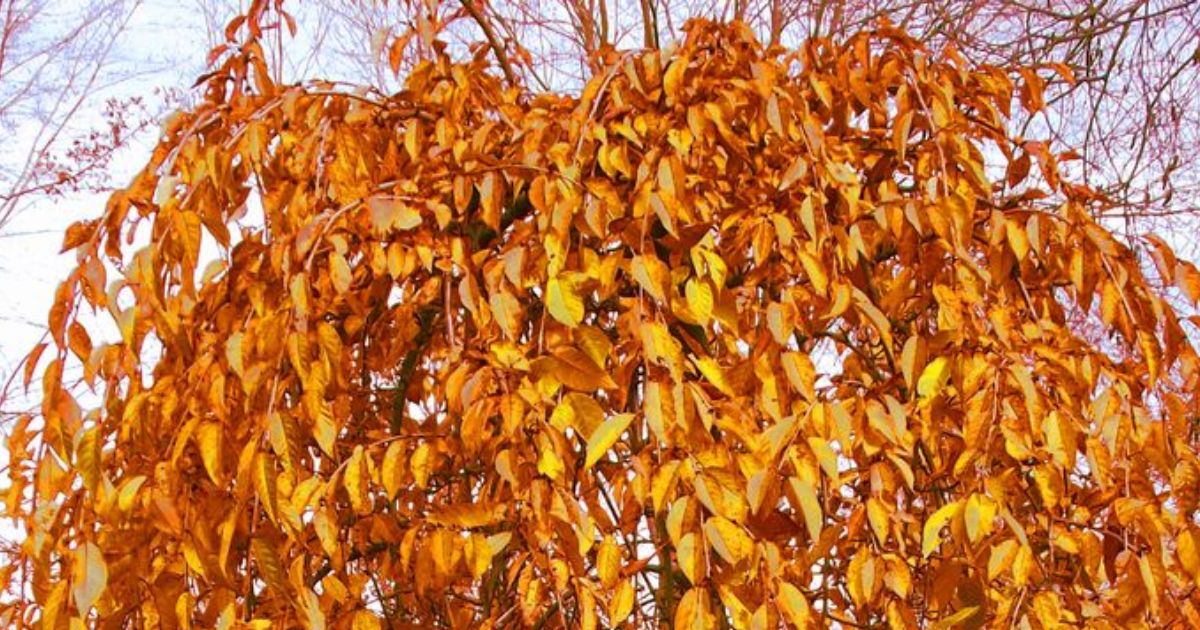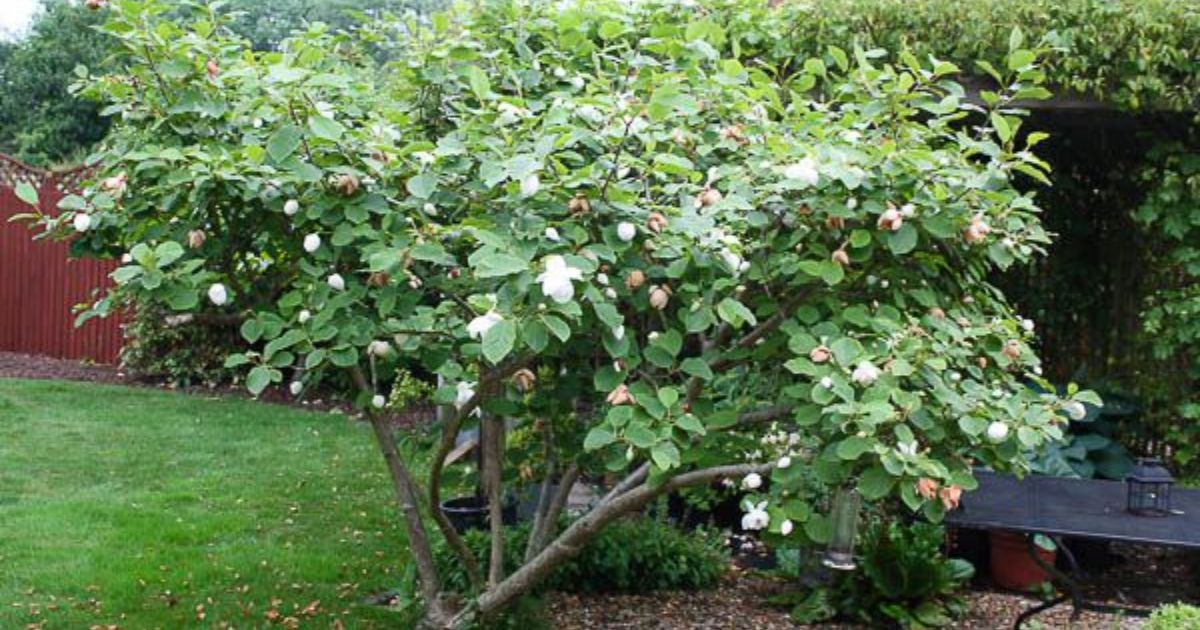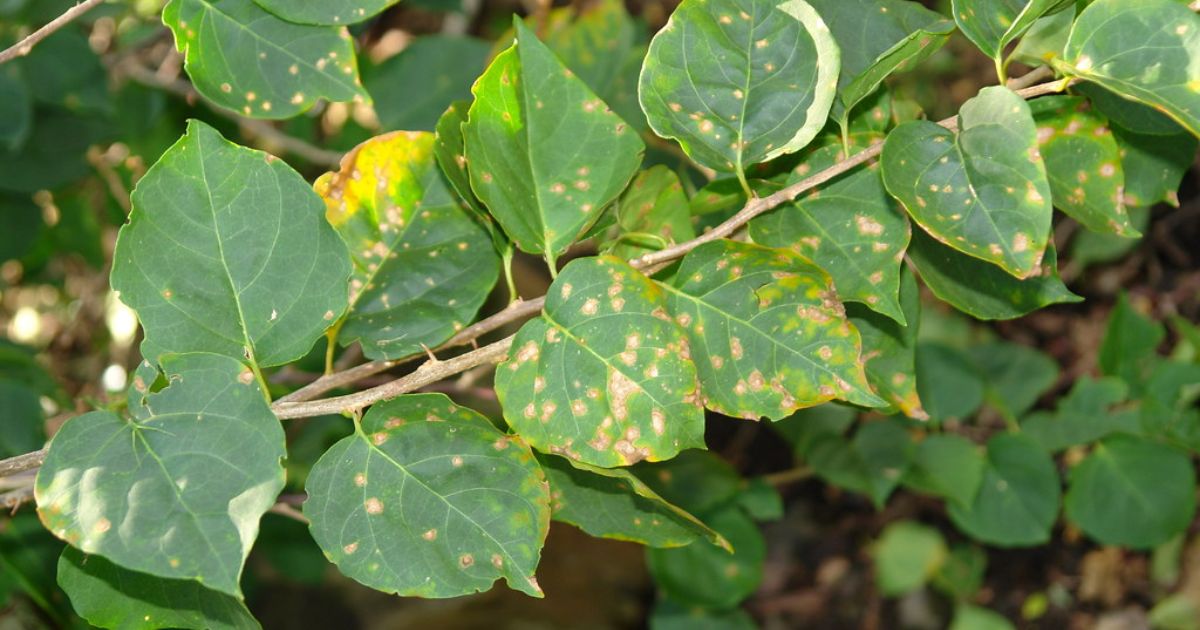Are you aware of the distinction between mandarin orange vs clementine? These two citrus fruits may appear and taste similar in size to palms at first, but one significant distinction might surprise you. Learn more about the small orange fruits resembling mandarins, clementines, etc. Two fruits that resemble oranges in appearance but are smaller are mandarins and clementines.
What Is A Mandarin?
The orange family includes mandarins. Botanically, these citrus fruits belong to the group Citrus reticulata and come in various forms, including tangerines and clementines. Mandarins are renowned for their small size, sweet and juicy flavor, and easily peeled bright orange skin.
- When to buy: Mandarins are a wide variety that can be cultivated in various locations. For this reason, most supermarket stores carry them all year round. You may have noticed that they are more readily available in the winter, and with good reason—particularly in California, winter is harvest season.
- How to store and use: Mandarins are frequently prepackaged in wooden crates or mesh bags. These citrus fruits are also often canned and kept in sugar syrup, and they are used to make mandarin marmalade or bake cakes.
What Is A Clementine?
Clementines (Citrus × Clementina) is a variety of mandarin oranges frequently marketed for children due to their ease of peeling and lack of seeds. These citrus fruits are perfect for packing in your lunch or snack because they are tiny, juicy, and delicious.
Clementines and tangerines can be confusing, but if you know what to look for, you can quickly tell them apart. Tangerines may not roll as readily because of their rounder form and tendency to be flatter at the top and bottom. In contrast, clementines are oval.
You may have consumed clementines without even realizing it. In other words, if you’ve ever picked up a pack of “Cuties” or “Halos”—brands that use various clementine varieties—you’ve had them before.
Which Fruit is Best?
They’re all wonderful! In addition to being tasty and convenient snacks, they are also relatively healthy. Eating tangerines, clementines, and mandarins has several advantages. They’re perfect for salads, lunchboxes, and snacking because they’re small and simple to peel. Therefore, they are a tasty and simple way to include specific nutrients.
Most people first consider vitamin C when calculating the Mandarin variety’s nutritional benefits because it makes up 44% of the daily required value. Mandarins are also a wondrous fiber, potassium, folate, and vitamin A source. Get a Mandarin if you’re hungry; they’re a fantastic way to fill you up between meals and are packed with nutrients and flavor!
What’s the Difference Between a Mandarin and a Clementine and What do Mandarins and Clementines have in Common?
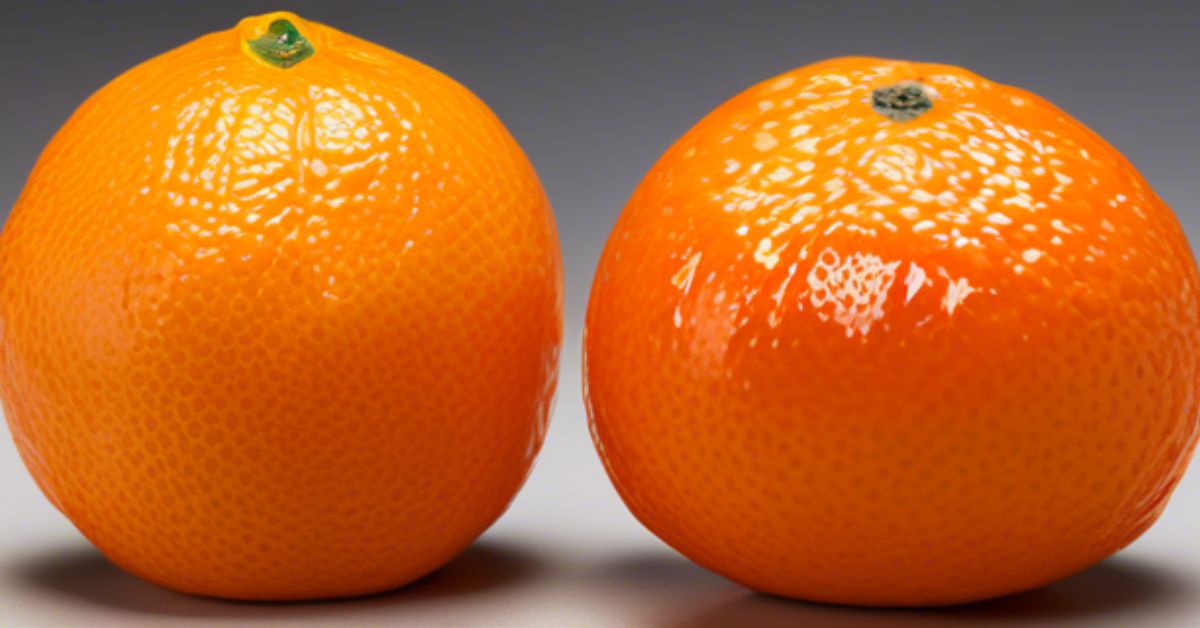
After discussing the primary distinctions between mandarins and clementines, we can examine the similarities. The most apparent similarity between clementines and mandarins is that they are medium-sized and orange. Still, they also share that crisp citrus aroma that instantly transports you back to your early childhood mandarin vs clementine.
Which will it be—are mandarin oranges seedless? The mandarin is more aromatic and straightforward to peel, but the clementine has a longer shelf life and seedless flesh. Ultimately, your palate will choose who prevails in the conflict between mandarin oranges and clementines. In any case, consuming either of these citrus fruits benefits your health because they are rich in vitamins C and A and minerals like calcium, magnesium, and potassium.
Use the Same Juicer for the Difference Between Mandarin and Clementine
Oranges are more significant, tangy, and difficult to peel than mandarins. Clementines are one of the sweetest kinds of mandarins and are sweeter overall. Despite these variations, clementines, oranges, and mandarins all provide many of the same health advantages, including fiber and vitamin C.
Use a commercial orange juicer from Juicernet to serve your customers tasty, fresh juice. Thanks to our multipurpose citrus juicing equipment, oranges, mandarins, and clementines may all be juiced with a single machine.
Our machinery produces tasty, fresh juice as quickly as possible. Whether you want a juicer that puts on a show for clients or an understated countertop appliance, browse our assortment to find high-yield equipment that meets consumer demand.
Difference Between Clementine and Mandarin
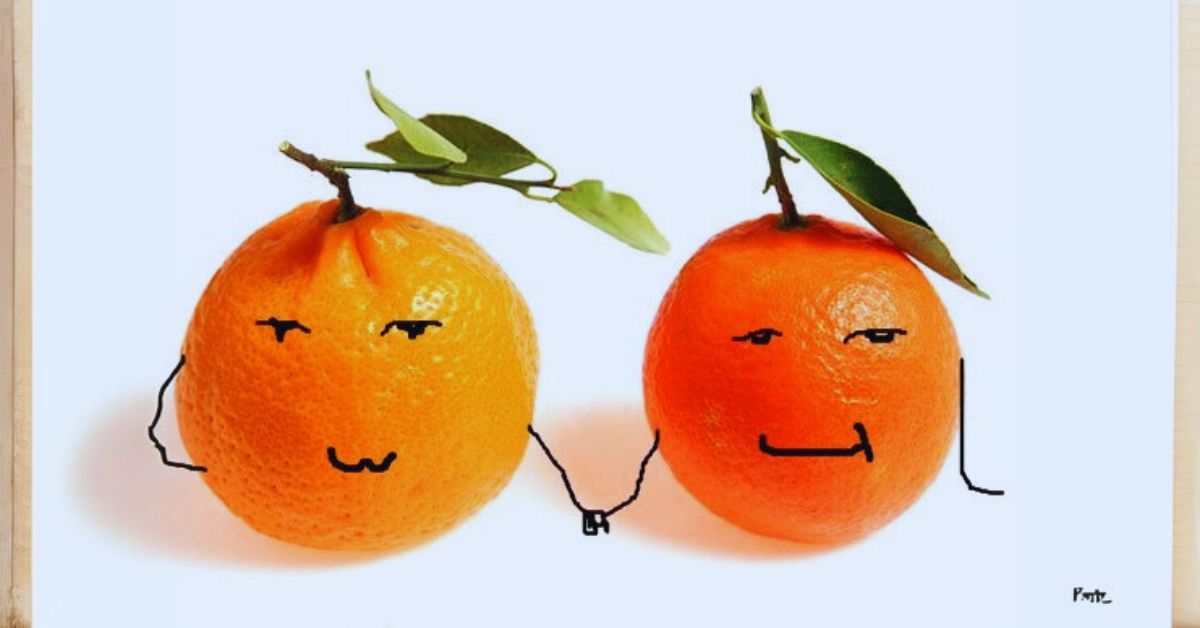
-
Clementine vs Mandarin: Origin
Although they are thought to have originated in northeast India about 3000 years ago, mandarins eventually made their way to China, where they were given the name.
Following that, Mandarins were brought to Australia, North Africa, Europe, and other parts of the world.
However, in the 19th century, a French missionary named Brother Clément Rodier brought clementine to the world when he discovered it growing in the yard of the orphanage he oversaw in Misserghin, Algeria. Later, the fruit was given his name.
Although they are also frequently grown in Morocco, Spain, and California, clementines are primarily grown in China.
-
Clementine vs Mandarin: Peel
Although the mandarin and clementine peels are simple to remove, the mandarin’s peel is thinner and more vulnerable to pressure and water loss.
On the other hand, Clementines have somewhat thicker skin, which keeps the inside from drying out and protects it. In contrast to mandarins, clementines can be kept for a more extended period while still being fresh and delicious.
While Clementines can last up to two months, Mandarins can only be fresh for a maximum of two weeks.
-
Clementine vs Mandarin: Skin
The skin of mandarins is darker than that of an orange, whilst that of clementines is brighter and more glossy.
-
Clementine vs Mandarin: Harvest
Clementines are a widespread Christmas present or centerpiece frequently available throughout the winter. However, they are often accessible throughout the year, particularly during the summer.
Additionally, the milder months of November through April are when mandarins are in season. You may enjoy them as early as October, though, if you live where they are cultivated.
-
Clementine vs Mandarin: Taste
Clementines are noticeably sweeter and don’t have any sour or bitter undertones, although mandarins could have some sour flavor. However, compared to clementines, mandarins have a more pungent scent.
-
Clementine vs Mandarin: Nutrition
- Vitamins
Vitamin C
Although vitamin C is present in both types, clementines have somewhat more of it than mandarines.
One medium-sized mandarin (88g) has 23.5 mg of vitamin C, or 39% of your daily requirement, whereas one clementine (74g) has 36.1 mg, or 60% of your daily requirement.
Therefore, clementines are a richer source of vitamin C than mandarins, even though both fruits can supply it.
Vitamin A
A medium-sized mandarin fruit provides 599 IU of vitamin A, 12 percent of your daily requirement. However, clementine is deficient in this vital vitamin. Mandarins are the best option if you are unsure which to choose for your vitamin A.
Vitamin D
Vitamin D is an essential mineral required for several processes, such as controlling the body’s calcium and phosphate levels, bolstering the immune system, elevating mood, and lowering the risk of depression. However, vitamin D is absent from both mandarines and clementines.
Additionally, the milder months of November through April are when mandarins are in season. You may enjoy them as early as October, though, if you live in an area where they are cultivated.
-
Clementine vs Mandarin: Taste
Clementines are noticeably sweeter and don’t have any sour or bitter undertones, although mandarins could have some sour flavor. However, compared to clementines, mandarins have a more pungent scent.
- Clementine vs Mandarin: Nutrition
- Vitamins
Vitamin C
Although vitamin C is present in both types, clementines have somewhat more of it than mandarines.
One medium-sized mandarin (88g) has 23.5 mg of vitamin C, or 39% of your daily requirement, whereas one clementine (74g) has 36.1 mg, or 60% of your daily requirement.
Therefore, clementines are a richer source of vitamin C than mandarins, even though both fruits can supply it.
Vitamin A
A medium-sized mandarin fruit provides 599 IU of vitamin A, 12 percent of your daily requirement. However, clementine is deficient in this vital vitamin. Mandarins are the best option if you are unsure which to choose for your vitamin A.
Vitamin D
Vitamin D is an essential mineral required for several processes, such as controlling the body’s calcium and phosphate levels, bolstering the immune system, elevating mood, and lowering the risk of depression. However, vitamin D is absent from both mandarines and clementines.
Health Benefits of Clementine vs Mandarin
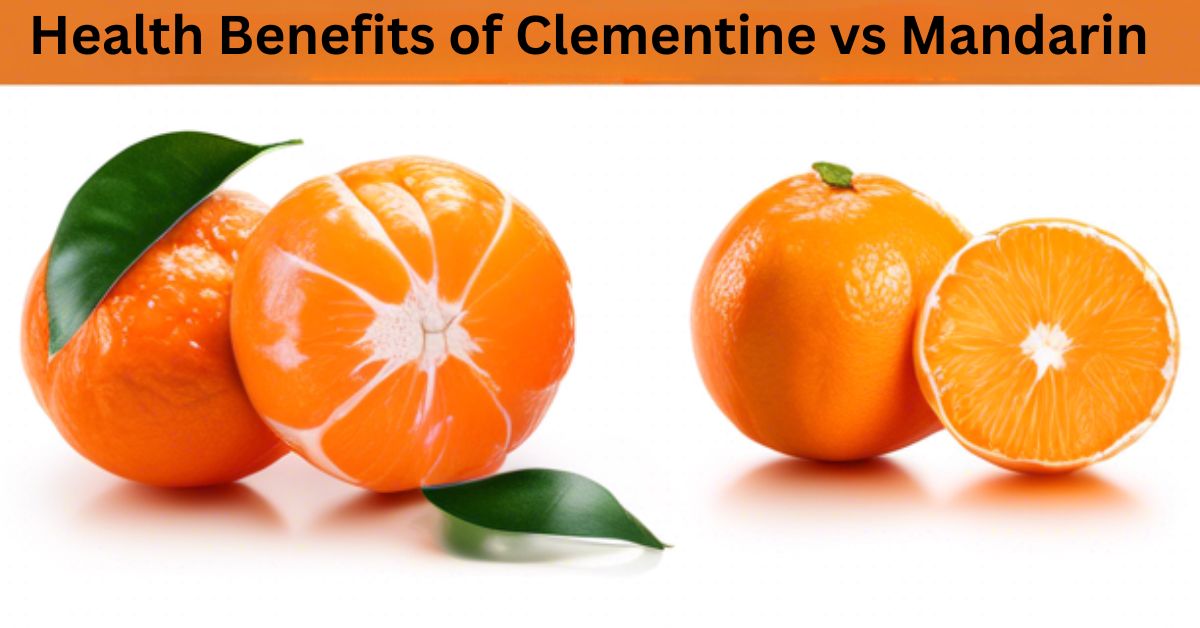
-
Mandarins and Clementines are excellent sources of vitamin C
Mandarins still contain some vitamin C, even though clementines are typically higher in this nutrient.
Vitamin C is a vital ingredient that the body needs for several functions.
First, vitamin C can strengthen the immune system by boosting the quantity of white blood cells in circulation. The body uses white blood cells, which are immune cells, to fight infection.
Citrus fruits include vitamin C, which has antioxidant properties that assist the body fight off free radicals that could harm cells and cause disease.
-
Clementines and Mandarins can lower the risk of cancer
The antioxidants in clementines and mandarins have been shown in multiple studies to decrease the risk of cancer.
Citrus fruits like mandarines and clementines are generally high in vitamin C and other cancer-fighting substances, such as flavonoids, alkaloids, coumarins, limonoids, carotenoids, phenol acids, and essential oils.
Among the methods underlying this are inhibiting the growth and mutation of cancer cells, shielding the cells’ DNA from harm, and inducing programmed cancer cell death or apoptosis.
Numerous investigations have supported these anti-cancer findings, some included in a comprehensive review published in 2017.
Citrus juices and their extracts have been demonstrated in this review to combat cancer, including its onset and spread.
-
Clementines and Mandarins may lower blood pressure
A disorder known as high blood pressure, or hypertension, occurs when the force of blood on your arterial walls is very high.
Heart disease and stroke are only two of the illnesses that can arise from untreated high blood pressure.
Potassium, a mineral found in clementines, reduces blood pressure.
Potassium helps blood vessel walls relax and dilate by reducing tension, facilitating smooth blood flow, and lowering blood pressure.
Additionally, the more potassium you consume, the more extra sodium you shed. In other words, potassium aids in preserving appropriate blood sodium levels.
Sodium is essential in maintaining body fluid balance, but too much pulls water into the bloodstream, increasing blood volume. When there is excess blood, the heart must work harder to pump it, raising blood pressure.
-
Clementines and Mandarins can boost skin health
Consuming mandarins and clementines regularly can help you achieve smooth, radiant skin. It is because they contain a lot of vitamin C, essential for collagen formation. Collagen is a protein that helps to make your skin firm and elastic. As a result, it can help prevent wrinkles and fine lines or enhance sagging skin.
Additionally, vitamin C is an antioxidant, scavenging free radicals from the sun and pollutants that could harm cells and produce early aging symptoms.
Additionally, vitamin A found in mandarins can improve skin texture and tone, increase skin cell turnover, lessen UV damage and hyperpigmentation, and improve the look of wrinkles and sagging skin.
Additionally, vitamin A can promote the synthesis of collagen.
Specific tests have demonstrated that the chemicals found in mandarin essential oils aid in wound healing.
-
Clementines and Mandarins may boost weight loss
Foods high in fiber and water, such as mandarins and clementines, help you feel fuller for extended periods, reducing the need for mindless nibbling that could lead to weight gain.
Additionally, they are sweet and can be used instead of your typical sugary, calorie-dense snacks. According to research, citrus fruits can also speed up your fat-burning process, which increases energy expenditure and may help you lose weight.
-
Clementines and Mandarins may lower cholesterol
Clementines and mandarins are cholesterol-free and rich in soluble fiber, preventing the body from absorbing harmful cholesterol.
Pectin is a soluble fiber abundant in certain fruits. When pectin is dissolved in water, a gel-like material stops cholesterol from entering the bloodstream.
According to one study, eating foods high in pectin daily can lower LDL cholesterol by as much as 10%. A review of 67 distinct studies demonstrated that pectin reduces bad cholesterol (LDL) while leaving good cholesterol (HDL) unaltered. Pectin typically lowers overall cholesterol levels by 5–16%.
Are Mandarin Oranges the same as Clementines and Easy ways to add Clementine and Mandarin to your Diet:
- Mandarin or clementine salsa
- Breakfast smoothies
- Throw them into salads
- Add them as toppings on pizza
- Make mandarin orange or clementine pancakes
- Make some popsicles with Greek yogurt
- Fruit salad
- Cupcakes
- Muffins with Greek yogurt
- Mandarin orange cookies
- Mandarin orange or clementine cake
Final Thoughts
Common citrus fruits like mandarins and clementines are sometimes mistaken for one another, but they are not the same.
One of the main distinctions between the two is their tastes. Clementines are too sweet, but mandarins might be a little sour.
Another significant distinction is that clementines have somewhat thicker skin than mandarins, which have fragile skin, and Ayurveda.
Additionally, do mandarin oranges have seeds, clementines are more diminutive and frequently seedless. They are similar in terms of nutrition, albeit the levels of each component vary somewhat.
Consuming both fruits daily can help reduce weight, lower blood pressure, prevent cancer, cut cholesterol, and increase skin help.
Fruits can readily be included in your Diet by juicing them, adding them to salads, mixing them with other ingredients in smoothies, or using them to make desserts or even drinks. If you’re imaginative and willing to try new things with them, you’ll love them.
Please follow me on Facebook, Twitter, Instagram, and YouTube if you liked this “Clementine vs Mandarin” post and want to see more!
Purchase my cookbook at a discounted price here.
Thankfully, Healthier Steps readers and subscribers are sponsoring many impoverished families through the advertisements on our website.

